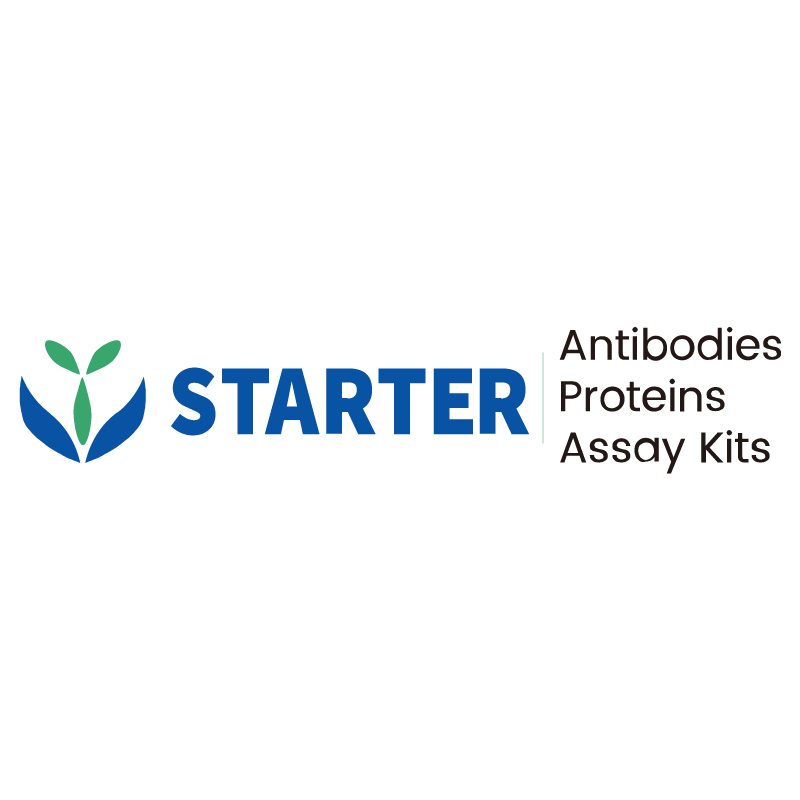Flow cytometric analysis of human PBMC (human peripheral blood mononuclear cell) labelling CD7 antibody at 1/200 (1 μg) dilution (Right) compared with a Mouse monoclonal IgG isotype control (Left). Goat Anti - Mouse IgG Alexa Fluor® 488 was used as the secondary antibody. Then cells were stained with CD3 - Alexa Fluor® 647 separately.
Product Details
Product Details
Product Specification
| Host | Mouse |
| Antigen | CD7 |
| Synonyms | T-cell antigen CD7, GP40, T-cell leukemia antigen, T-cell surface antigen Leu-9, TP41 |
| Immunogen | Recombinant Protein |
| Location | Cell membrane |
| Accession | P09564 |
| Clone Number | S-575-17 |
| Antibody Type | Mouse mAb |
| Isotype | IgG1,k |
| Application | FCM |
| Reactivity | Hu |
| Purification | Protein G |
| Concentration | 2 mg/ml |
| Conjugation | Unconjugated |
| Physical Appearance | Liquid |
| Storage Buffer | PBS, 40% Glycerol, 0.05%BSA, 0.03% Proclin 300 |
| Stability & Storage | 12 months from date of receipt / reconstitution, -20 °C as supplied |
Dilution
| application | dilution | species |
| FCM | 1:200 | null |
Background
CD7 is a transmembrane protein which is a member of the immunoglobulin superfamily. This protein is found on thymocytes and mature T cells. It plays an essential role in T-cell interactions and also in T-cell/B-cell interaction during early lymphoid development. CD7 can be aberrantly expressed in refractory anaemia with excess blasts (RAEB) and may confer a worse prognosis. Also, a lack of CD7 expression could insinuate mycosis fungoides (MF) or Sezary syndrome (SS).
Picture
Picture
FC


